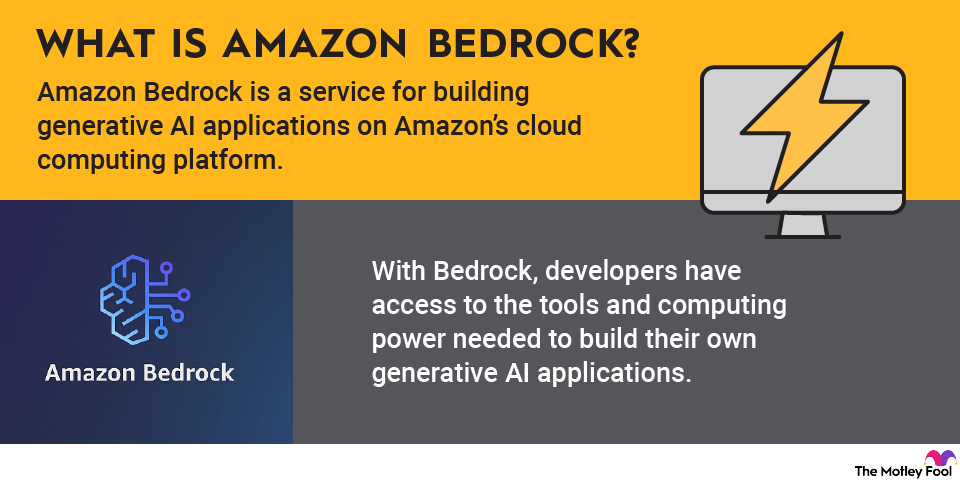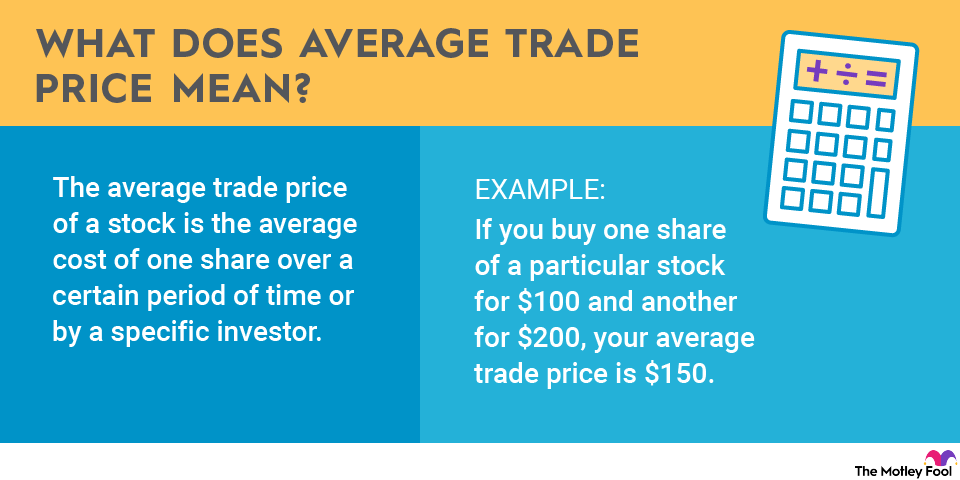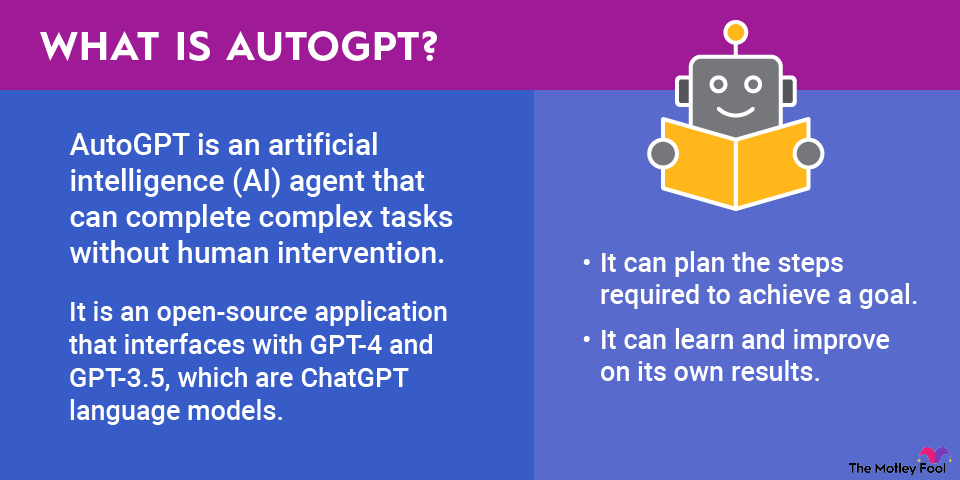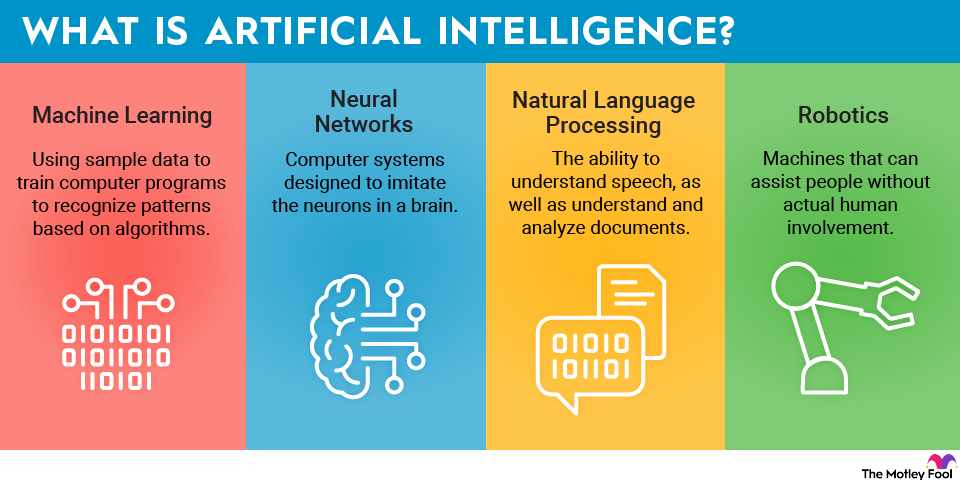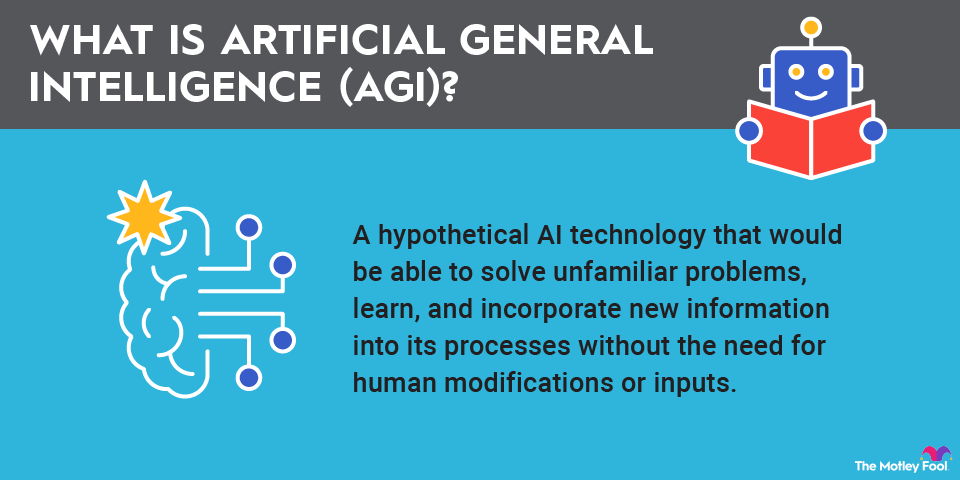
CRYPTO: ALGO
Key Data Points
Smart Contracts
How Algorand works
Since 2020, Algorand has offered a two-layer smart contract architecture that's much different from earlier approaches. Here's how it works:
- Layer 1 (on-chain) is for smart contracts that execute simple, common transactions on the blockchain itself. For example, Algorand layer 1 handles atomic transfers, or when multiple parties agree to swap funds.
- Layer 2 (off-chain) is for smart contracts that require specialized tools. This includes smart contracts that are too big, too computationally demanding, or too complex.
The gist of it is that simple smart contracts run on the blockchain, and the more complicated smart contracts that will take some time to handle run off the blockchain. With this architecture, Algorand is able to offer greater efficiency compared to single-layer blockchains.
Algorand validates transactions using a pure proof-of-stake protocol. Anyone who owns a minimum of 1 ALGO can stake their tokens and become part of the validation process. The Algorand protocol chooses participants to confirm blocks of transactions. All online users have a chance to be selected, and the likelihood is tied to the amount of ALGO tokens they've staked. In return for validating transactions, users receive participation rewards.
Related investing topics
Unique risks
Algorand solved two parts of the blockchain trilemma; it's secure and scalable. The jury's still out on whether it's sufficiently decentralized.
The maximum total Algorand supply is 10 billion ALGO tokens. Algorand, Inc., holds 2 billion tokens, and the Algorand Foundation has 500 million. With 25% of the total supply going to those two organizations, Algorand's tokenomics have been criticized, even by its supporters.
Another example of Algorand's centralization are its relay nodes, which are the backbone of its network. As of March 2022, there are approximately 140 relay nodes.
The Algorand Foundation manages the official list of relay nodes. Those running relay nodes include Algorand, Inc., the Algorand Foundation, early backers, and participants selected from a relay node pilot program.
Algorand would remain secure even if all the relay nodes acted in a malicious way. Still, the fact that such an important part of the network is essentially handpicked by the Algorand Foundation is an issue. Even the foundation itself has acknowledged this and is working on changes.
Is Algorand a good investment?
Algorand is a quality blockchain project, and it's easy to see why it has built a passionate following in the crypto community.
The protocol is designed for high performance and delivers with fast transactions and low fees. There's a very knowledgeable team behind it, headed by Micali, which gives it credibility. Since it supports so many programming languages, it's easy for developers to use.
There aren't any glaring weaknesses with Algorand, but it has strong competition from a number of smart contract blockchains. Scalability has also become a point of focus among these projects, so Algorand no longer has an advantage there.
For example, Algorand was notable for being able to process 1,000 transactions per second, much higher than Ethereum's 30 transactions per second. But Ethereum is upgrading and will reportedly be able to process up to 100,000 transactions per second. Solana is estimated to handle up to 65,000, although it has dealt with frequent outages.
Overall, Algorand is a good choice for a cryptocurrency investment with growth potential. If you're not sure about investing in specific coins, another option is investing in cryptocurrency stocks. Just keep in mind that crypto is volatile, so you should only invest what you can afford to lose and be ready for price swings.
How to buy Algorand
Several of the most popular crypto exchanges offer Algorand trading, so it's easy to find. Here are a few places where U.S. investors can sign up for an account and buy Algorand:
With so many blockchain platforms offering similar features, it can be hard to figure out which one to choose. Algorand definitely has a lot going for it and is worth checking out, especially if you're looking for a protocol that isn't a household name yet.




